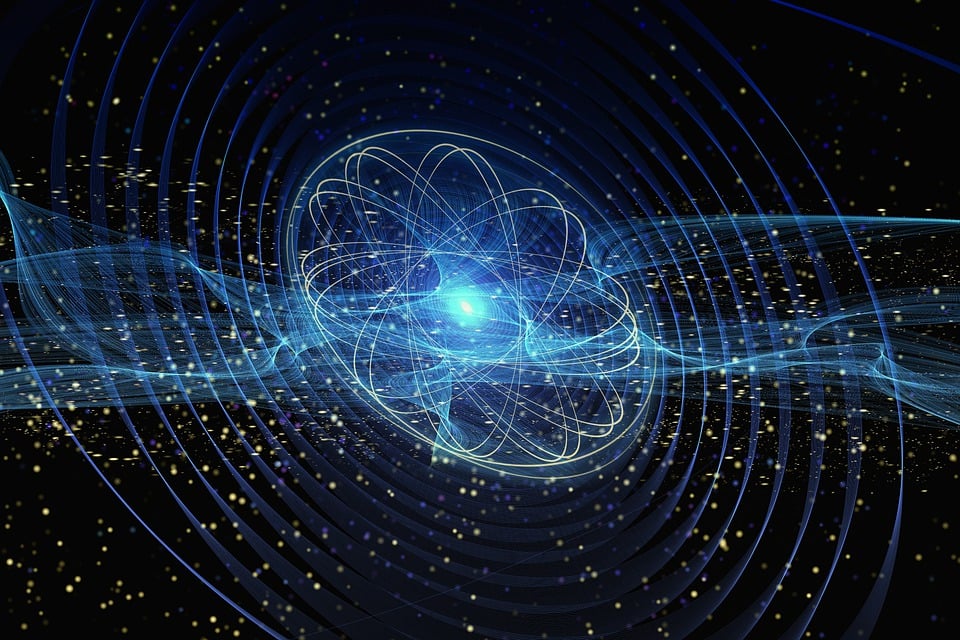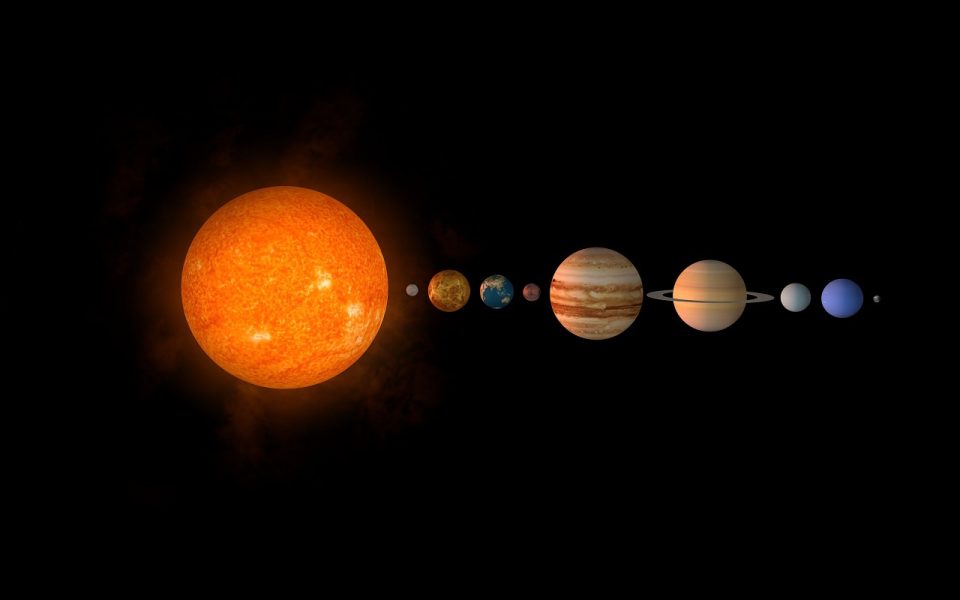
The Andromeda galaxy, also known as Messier 31 (M31), is a massive spiral galaxy located approximately 2.5 million light-years away from Earth in the constellation Andromeda. It is the closest galaxy to our Milky Way and is part of the Local Group of galaxies, which also includes the Triangulum Galaxy and numerous dwarf galaxies. The age of the Andromeda galaxy has been a topic of intense study and debate among astronomers for many years. In this essay, we will discuss the different methods used to estimate the age of the Andromeda galaxy and the current understanding of its age based on these methods.
One of the primary methods used to estimate the age of the Andromeda galaxy is through the study of its stars. Stars are the building blocks of galaxies, and their properties can provide valuable information about the age and history of a galaxy. Astronomers can determine the ages of stars by studying their colors, brightness, and chemical compositions. The age of a star is related to its mass, with more massive stars having shorter lifetimes than less massive ones. By measuring the mass, luminosity, and chemical composition of stars in the Andromeda galaxy, astronomers can estimate the age of the galaxy.
One of the key tools used to study the stars in the Andromeda galaxy is the Hubble Space Telescope. The Hubble telescope has provided astronomers with high-resolution images of the galaxy, allowing them to study individual stars in detail. In addition, the telescope has also been used to measure the velocities of stars in the galaxy, which can be used to determine the mass of the galaxy and its age.
Using the Hubble telescope, astronomers have estimated that the age of the Andromeda galaxy is approximately 10 billion years. This estimate is based on the ages of the oldest stars in the galaxy, which have been found to be around 12 billion years old. However, this estimate is subject to some uncertainty, as it is difficult to accurately determine the ages of individual stars in the galaxy. In addition, the age of the Andromeda galaxy may vary depending on the method used to estimate it.
Another method used to estimate the age of the Andromeda galaxy is through the study of its globular clusters. Globular clusters are groups of stars that are thought to have formed at the same time and are therefore useful for determining the age of a galaxy. The ages of globular clusters can be estimated by studying the colors and brightness of their stars, as well as their chemical compositions.
Astronomers have used observations from the Hubble telescope and ground-based telescopes to study the globular clusters in the Andromeda galaxy. Based on these observations, they have estimated that the age of the globular clusters in the galaxy ranges from 8 to 13 billion years. This range of ages is consistent with the estimate of the age of the galaxy based on the ages of its stars, suggesting that the Andromeda galaxy is indeed around 10 billion years old.
In addition to studying the stars and globular clusters in the Andromeda galaxy, astronomers have also used computer simulations to estimate its age. These simulations involve modeling the formation and evolution of the galaxy based on its observed properties, such as its mass and chemical composition. By running these simulations, astronomers can estimate the age of the galaxy and compare it to the ages estimated from other methods.
Computer simulations of the Andromeda galaxy have produced estimates of its age ranging from 6 to 13 billion years. These estimates depend on the assumptions made in the simulations, such as the initial conditions of the galaxy and the physical processes involved in its formation and evolution. Despite this uncertainty, the estimates from computer simulations are generally consistent with the ages estimated from observations of the galaxy’s stars and globular clusters.







